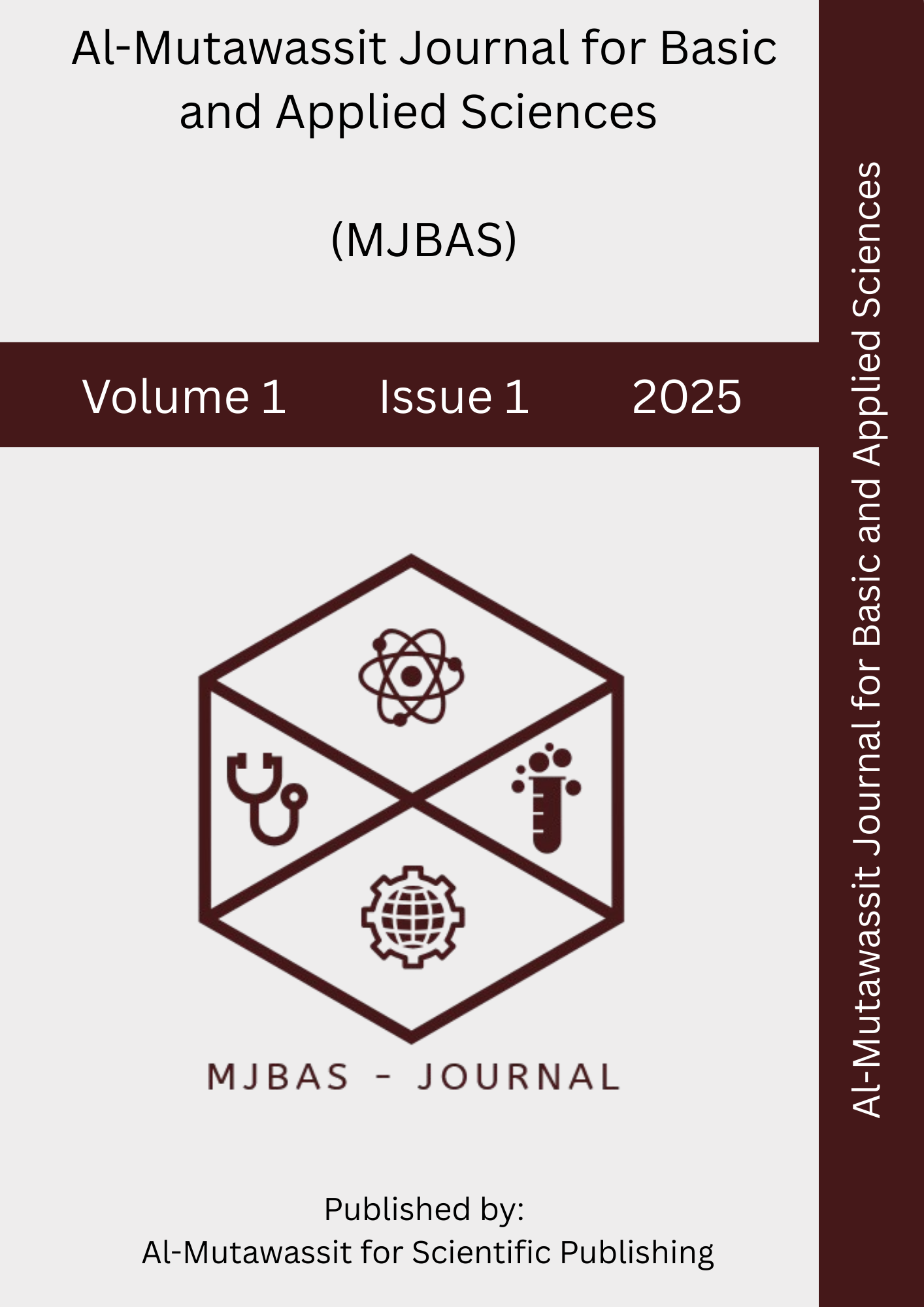Forecasting Solar Power Generation Using Real Meteorological Data and Machine Learning Techniques
Abstract
Accurate solar power forecasting is essential for reliable grid integration and effective planning. This paper surveys methods that use real-world weather data (such as irradiance, temperature, humidity, wind, etc.) and modern machine learning (ML) to predict photovoltaic (PV) output. We review datasets and preprocessing steps, and compare models including linear regression, ensemble trees, support vector machines, and neural networks (e.g. LSTM, CNN). Key factors like solar irradiance and temperature are identified as dominant inputs, with wind and humidity having weaker correlations. Several case studies are presented: for example, Essam et al. (2022) used an NREL dataset from Florida and found an artificial neural network gave R²≈0.9988, outperforming other algorithms. Chakraborty et al. (2023) applied ensemble methods in India and achieved ~96% accuracy for PV power with stacking/voting models. Balal et al. (2023) evaluated eight models on a Texas dataset, with Random Forest and LSTM yielding the best results (R²≈0.977 and 0.975). A model using seven years of data from Renewables.ninja in Greece improved capacity factor forecasts via ANN. We also note that convolutional and recurrent neural nets (ConvLSTM) can capture spatio-temporal patterns; for instance, Shah et al. (2024) reached R²≈0.969 using a ConvLSTM2D with weather and air quality features.





